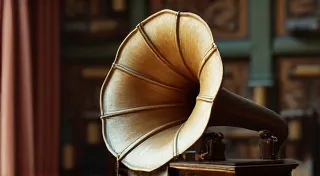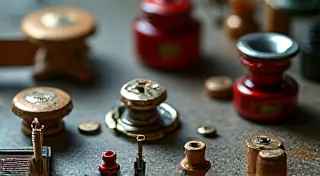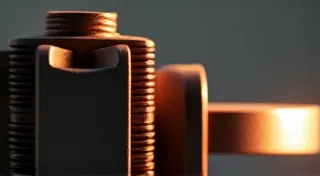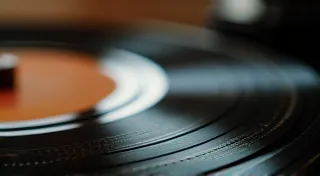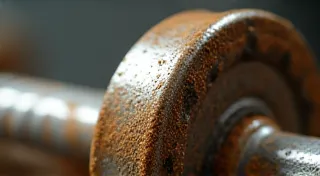The History of the Victrola: Evolution and Significance
The Victrola, an iconic name synonymous with early 20th-century home entertainment, holds a fascinating history. More than just a phonograph, the Victrola represents a revolution in how music was consumed and a testament to the ingenuity of Thomas Edison and his successors at Victor Talking Machine Company. Understanding its evolution requires looking beyond the simple record player and appreciating its cultural and technological impact.
From Phonograph to Victrola: The Early Years
To understand the Victrola, we must first revisit its predecessor, the phonograph. Thomas Edison’s original phonograph, patented in 1877, was a groundbreaking invention, but it wasn’t exactly user-friendly. It was bulky, loud, and the recording/playback process was cumbersome. Early phonographs were primarily demonstrations, aimed at novelty and scientific circles rather than mass-market consumers.
In the late 1880s and 1890s, other inventors, notably Emile Berliner with his Gramophone, began to refine the technology. Berliner's flat disc record replaced Edison’s wax cylinder, proving significantly easier to manufacture and reproduce. This shift was crucial for broader accessibility.
The Victor Talking Machine Company, founded in 1900, initially produced and distributed Edison's machines. However, recognizing the potential of Berliner's disc technology, they soon began producing their own machines based on the Gramophone design, initially branded as "Victors".
The "Victrola" Name and Refined Design
Around 1906, the company began marketing these machines under the name “Victrola.” The change was significant. The name was more appealing to the consumer, evoking elegance and home entertainment. Crucially, the Victrola models were designed with the home in mind. They were smaller, more attractive, and often incorporated furniture-like cabinets to blend seamlessly into a living room.
Early Victrolas were still quite large and somewhat noisy, but with each iteration, improvements were made. The motor became quieter, the turntable more stable, and the overall design became increasingly refined. The company offered a wide range of models, from budget-friendly options to elaborate, high-end machines, catering to diverse consumer needs and preferences.
The Rise of the Victrola Era
The Victrola’s popularity exploded in the early 1900s. It quickly became a central piece of entertainment in countless homes, providing music, comedy routines, and dramatic performances. Victor Talking Machine Company aggressively marketed the Victrola, employing strategies like radio advertising and featuring it prominently in catalogs and promotional materials. The company even produced a series of recordings specifically designed to showcase the Victrola’s capabilities.
Evolution and Later Models
Over the years, the Victrola underwent several significant changes. The introduction of electric motors in the 1920s significantly improved performance, offering greater volume and consistency. Cabinet designs continued to evolve, reflecting changing styles and tastes. The "Credenza" models, introduced in the 1930s, were particularly popular, offering a sleek and modern aesthetic.
After World War II, the popularity of the Victrola began to decline as newer forms of entertainment, such as television and transistor radios, emerged. Production ceased in 1961.
The Legacy of the Victrola
Despite its demise as a mass-produced product, the Victrola remains an enduring symbol of a bygone era. It represents a pivotal moment in the history of home entertainment and continues to captivate collectors and enthusiasts worldwide. Its elegant design, rich history, and the nostalgic feeling it evokes ensure its legacy will continue for generations to come. The ongoing efforts to restore and preserve these machines are a testament to their enduring appeal.
